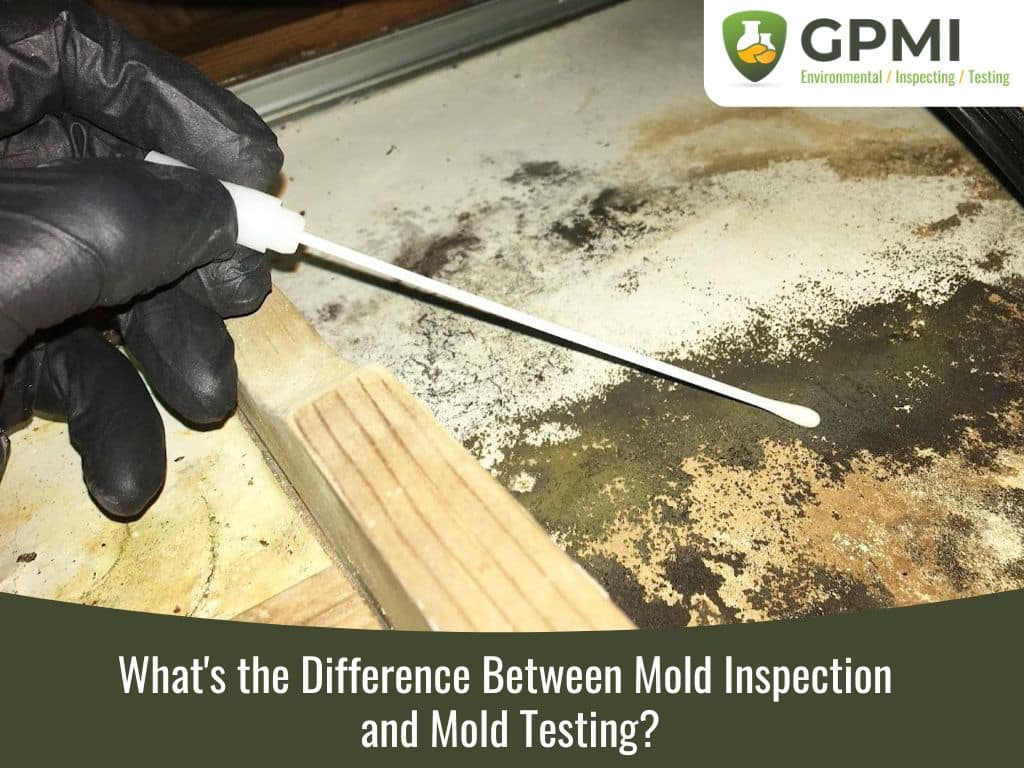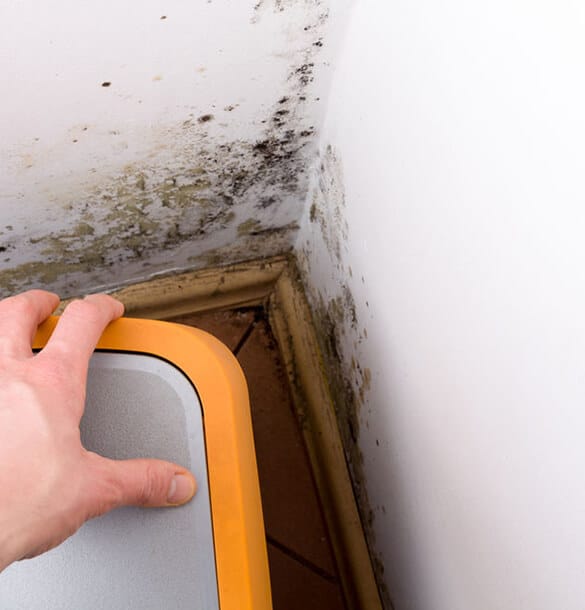Making Sure Post Remediation Verification Accuracy
Making Sure Post Remediation Verification Accuracy
Blog Article
Your Ultimate Guide to Post Mold Remediation Strategies
Browsing the world of post-mold remediation strategies is a meticulous procedure that demands interest to detail and a thorough understanding of the ins and outs involved. In the consequences of mold invasion, knowing how to efficiently eliminate the mold and prevent its reoccurrence is paramount for preserving a healthy and balanced indoor setting. From picking the appropriate cleaning and decontaminating methods to carrying out methods for long-term mold avoidance, each action in the removal journey plays a critical role in making sure a successful outcome. As we get started on this expedition of post-mold removal strategies, we will uncover the key methods and best techniques that can aid you restore your space to its pre-mold problem and safeguard it versus future mold threats.
Understanding Post-Mold Remediation Process
After finishing the mold and mildew removal procedure, it is critical to understand the post-mold removal strategies that are needed to make sure a extensive and reliable cleaning. When the mold has been removed, the next action entails cleaning and disinfecting the affected areas to protect against any regrowth of mold and mildew.
Additionally, conducting a final examination post-remediation is important to ensure that all mold and mildew has been effectively eliminated. This assessment needs to include a comprehensive visual check along with possibly air tasting to confirm the lack of mold spores in the air. If the inspection discloses any remaining mold, added removal may be required. Lastly, enlightening owners on safety nets such as controlling moisture levels and quickly attending to any kind of water leaks can assist preserve a mold-free setting.
Efficient Cleansing and Disinfecting Techniques

Stopping Future Mold And Mildew Development

Relevance of Correct Air Flow
Correct ventilation plays an essential role in avoiding moisture accumulation, a key aspect in wikipedia reference mold development This Site within indoor environments. Reliable ventilation systems aid get rid of excess moisture from the air, minimizing the chances of mold and mildew spores finding the moisture they need to sprout and spread. Without appropriate ventilation, interior spaces can come to be a breeding place for mold and mildew, resulting in possible health risks and structural damages.
By making sure proper air circulation, air flow systems can additionally assist in drying wet areas extra rapidly after water damages or flooding cases, better preventing mold and mildew growth. Post Mold Remediation. Precede like washrooms, attics, kitchen areas, and basements where dampness levels tend to be higher, mounting and maintaining efficient air flow systems is important in protecting against mold and mildew infestations

Tracking and Maintenance Tips
Given the critical role that proper ventilation plays in protecting against mold development, it is imperative to establish effective monitoring and maintenance suggestions to ensure the continued performance of ventilation systems. Tracking humidity levels within the home is additionally vital, as high humidity can add to mold growth. By staying proactive and browse around this site mindful to the condition of ventilation systems, residential or commercial property owners can effectively alleviate the threat of mold and mildew regrowth and maintain a healthy and balanced interior environment.
Final Thought
In conclusion, post-mold removal techniques are essential for guaranteeing a clean and secure atmosphere. Understanding the process, applying efficient cleansing and disinfecting techniques, preventing future mold and mildew growth, preserving correct air flow, and regular monitoring are all important actions in the removal procedure. By following these standards, you can efficiently remove mold and mildew and prevent its return, working or advertising a healthy living space for all residents.
In the results of mold and mildew problem, recognizing just how to properly get rid of the mold and avoid its reoccurrence is paramount for maintaining a healthy indoor atmosphere. When the mold has actually been gotten rid of, the following step entails cleaning and sanitizing the influenced areas to stop any regrowth of mold and mildew - After mold remediation. After eliminating noticeable mold growth, it is essential to cleanse all surfaces in the damaged area to remove any remaining mold and mildew spores. To further enhance mold and mildew avoidance measures, it is necessary to attend to underlying concerns that initially led to mold and mildew growth.Offered the critical duty that correct air flow plays in stopping mold and mildew development, it is necessary to establish efficient tracking and upkeep suggestions to make sure the ongoing capability of ventilation systems
Report this page